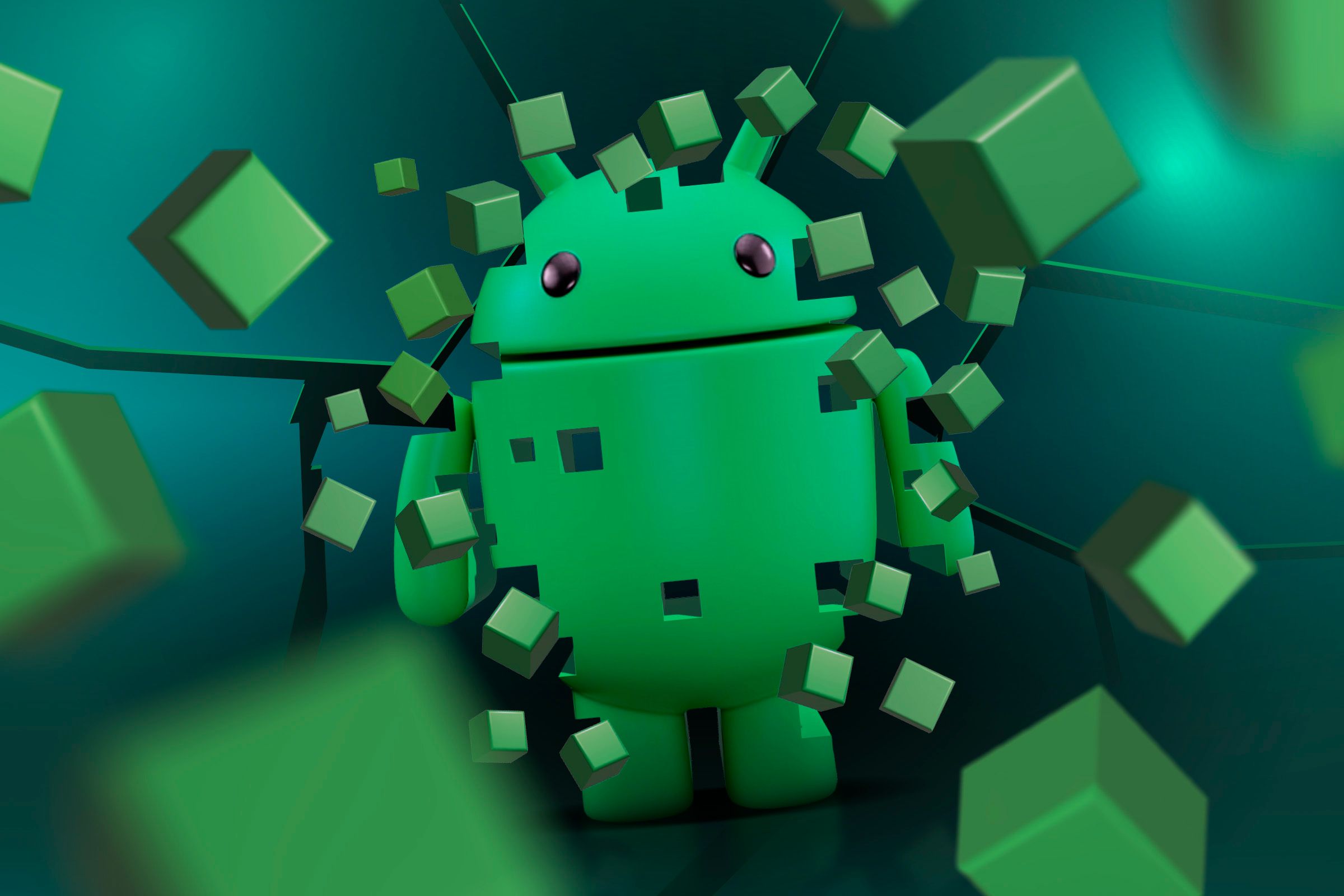Summary
- Android’s new Canary update enables support for graphical Linux apps in the Linux terminal, making it more versatile.
- The update introduces a simple way to launch graphical apps through the Weston compositor and Wayland display protocol.
- Running graphical apps now requires enabling hardware acceleration by creating a specific file, but the release date for this feature remains uncertain.
The addition of a Linux terminal to Android was long overdue, and makes Android a lot more useful aside from just Android apps. Now, it just got a lot more useful with the addition of a brand new feature: support for graphical apps.
Android’s very first Canary update, after the launch of the Canary channel earlier this month, has added support for graphical Linux apps in the Linux terminal within the operating system. Currently, if you use this, you’ll just have support for command-line apps, which is fine, but still limits the number of apps you can run. Now, though, you can also run graphical apps. For months, evidence within Android’s source code showed that Google was actively working on adding a full graphical environment and hardware acceleration support. This, however, hadn’t popped up in any officially available build of Android, stable or beta. With Canary being a thing now, it’s something regular people can officially try out by themselves.

Related
Android’s Canary Channel Is a New Way to Test Upcoming Updates
No more Developer Previews to flash.
Upon launching the updated Terminal app in the latest Canary build, there will be a new “Display” button that opens a dedicated screen that serves as a window into the Linux VM, ready to render graphical output. To actually start the graphical environment, you simply need to enter the command “weston” and watch things come to life. This launches the Weston compositor, which comes preinstalled in Android’s Linux environment and is a reference implementation of the modern Wayland display server protocol. Wayland is designed to be a simpler and more secure replacement for the older X11 server system common on Linux desktops. So this is pretty barebones, but it can get the job done with basic graphical apps.
Months ago, an earlier version of this managed to get even games like Doom running. To turn on hardware acceleration, you must create an empty file named “virglrenderer” and place it in the /sdcard/linux/ directory on your device’s internal storage. When you next launch the Terminal app, a confirmation message—”VirGL enabled”—will appear, letting you know that the GPU can now be used for rendering.
It’s not clear when this will appear on Android for everyone. The fun part about the Canary channel being brand-new is that we have no clue right now how long features can take between popping up in Canary builds to making it to a Pixel Drop, a mid-cycle update, or a major Android update. For all we know, Google could hold this up until Android 17 next year. We’ll have to wait and see, but this is certainly a huge development that a lot of people might be excited for. In the meantime, you should not install Canary builds on your main device—they’ll have highly experimental new features that are almost certainly not ready to be tried out by almost anyone without technical knowledge.
Source: Android Authority